Categorize resources as either renewable or nonrenewable with this 24-card sorting activity
Natural Resources for Kids
Do your students understand the difference between renewable and nonrenewable resources? In a nutshell, renewable resources can be easily replenished by the Earth. Examples of renewable energy sources include wind, solar, and hydropower. On the other hand, nonrenewable resources include coal, fossil fuels, and oil.
Teach Starter has created a sorting activity that your students can use to help them categorize different resources found on Earth.
To play:
- Spread the heading cards out on the table.
- Look at each numbered card and determine if the example is a renewable or nonrenewable resource.
- Place the card under the appropriate header and record your answer on the recording sheet.
Through this activity, students will show they can determine if something is a renewable or nonrenewable resource.
Tips for Differentiation + Scaffolding
A team of dedicated, experienced educators created this resource to support your science lessons.
In addition to individual student work time, use this sorting activity to enhance learning through guided science groups, whole class lessons, or remote learning assignments.
If you have a mixture of above and below-level learners, check out these suggestions for keeping students on track with the concepts:
🆘 Support Struggling Students
For students that need additional support, invite them to reference posters or anchor charts showing the difference between renewable and nonrenewable resources.
➕ Challenge Fast Finishers
If there are students who need an additional challenge, encourage them to list additional resources for each category.
🛴 Scoot Activity
Place the cards around the room in numerical order and give each student a recording sheet. Assign students or pairs to a starting point card. Give students time to review the card and record if the example is a renewable or nonrenewable resource in the corresponding space on their paper. Students will rotate to the next card when you say, “SCOOT!” Continue in this manner until students return to their starting point.
🏃 Relay Race
Divide students into two team lines and show a flashcard to the students at the front of each line. The student who determines if the example is a renewable or nonrenewable resource first wins the flashcard. The team with the most flashcards at the end of the game wins!
Easily Prepare This Resource for Your Students
Use the dropdown icon on the Download button to choose between the full-color PDF, low-color PDF, or editable Google Slides version of this resource. A recording sheet and answer key are also included with this download.
Print on cardstock for added durability and longevity. Place all pieces in a folder or large envelope for easy access.
Sustainability Tip: Print a few recording sheets on cardstock and slip them into dry-erase sleeves. Students can record their answers with a whiteboard marker, then erase and reuse them.
This resource was created by Kaylyn Chupp, a teacher in Florida and Teach Starter Collaborator.
Don’t stop there! We’ve got more activities and resources that cut down on lesson planning time:
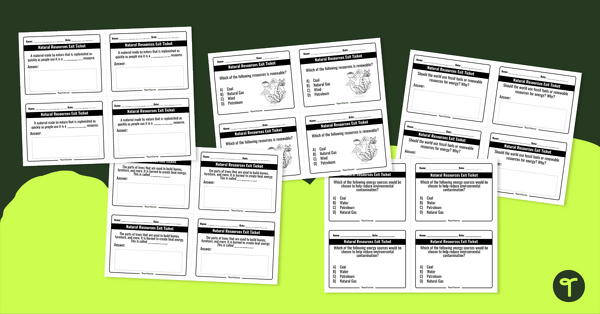
teaching resource
Natural Resources – Exit Tickets
Assess student understanding of natural resources with this set of exit tickets.
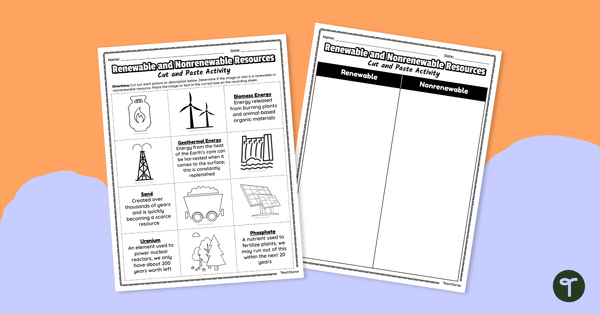
teaching resource
Renewable and Nonrenewable Resources – Cut and Paste Worksheet
Sort renewable and nonrenewable resources with this cut-and-paste science worksheet.

teaching resource
Renewable and Nonrenewable Resources Crossword Puzzle
Reinforce science vocabulary with a renewable and nonrenewable resources crossword puzzle.
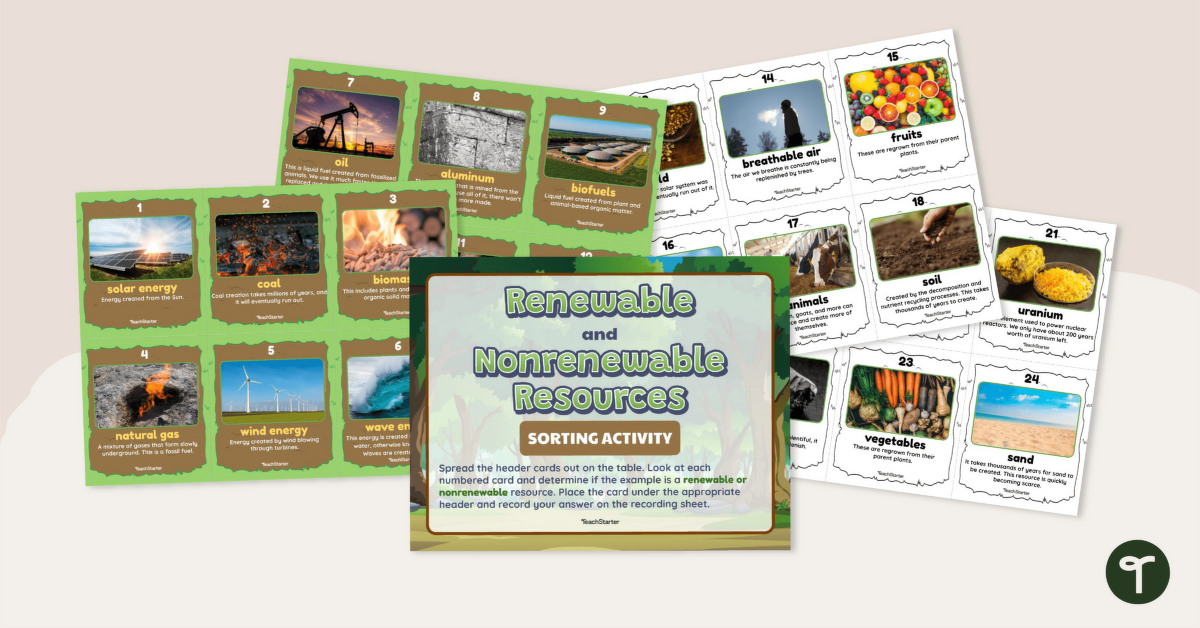

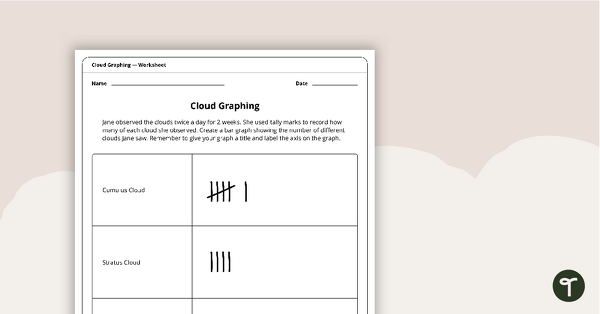
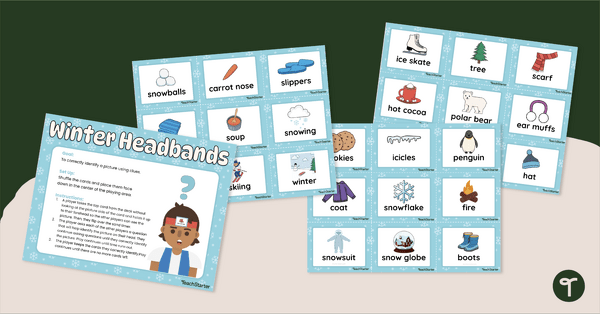
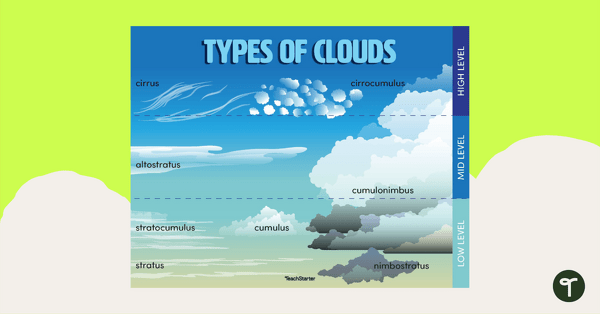
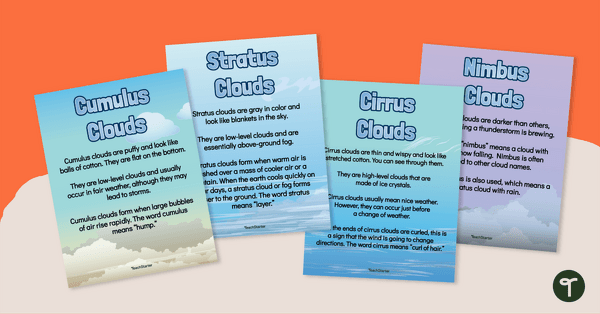

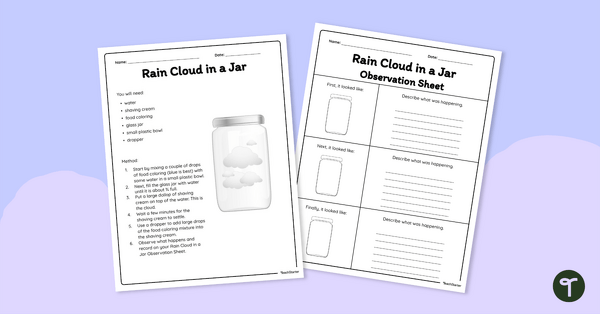
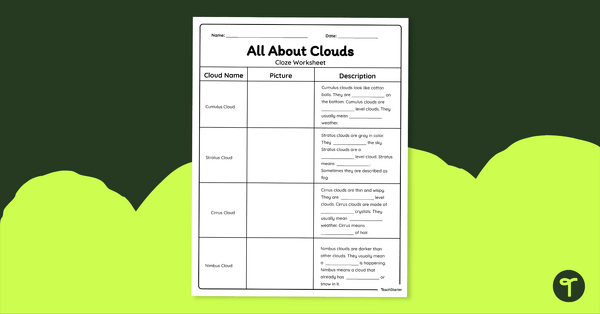
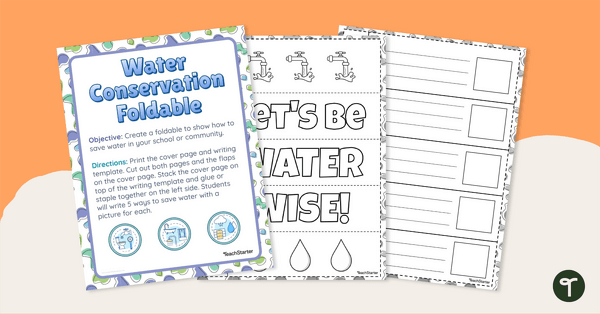
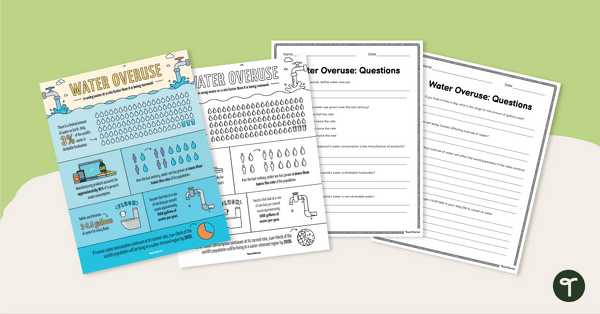
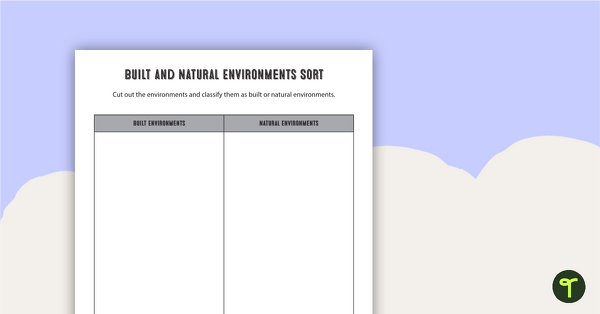
0 Comments
Write a review to help other teachers and parents like yourself. If you'd like to request a change to this resource, or report an error, select the corresponding tab above.